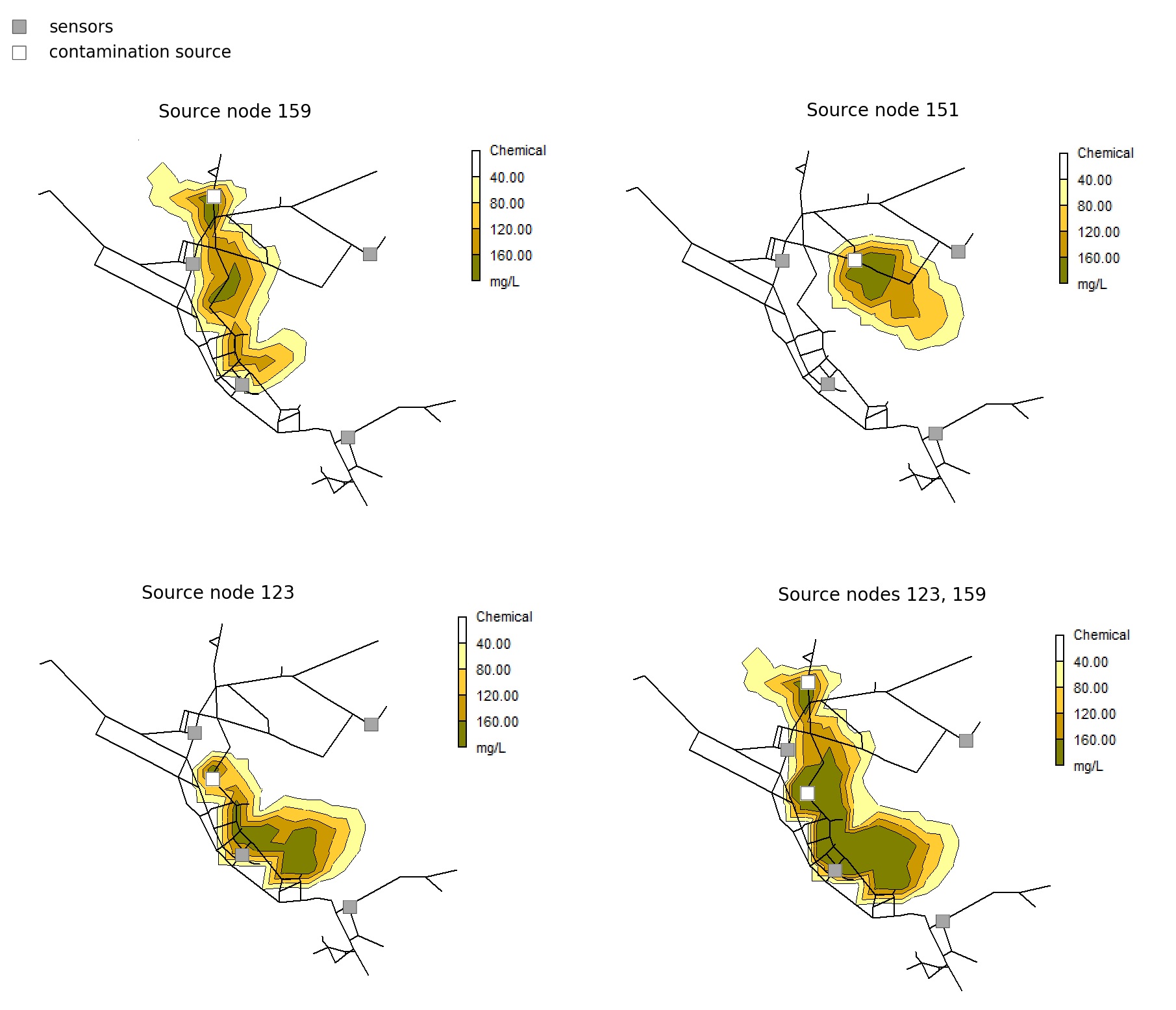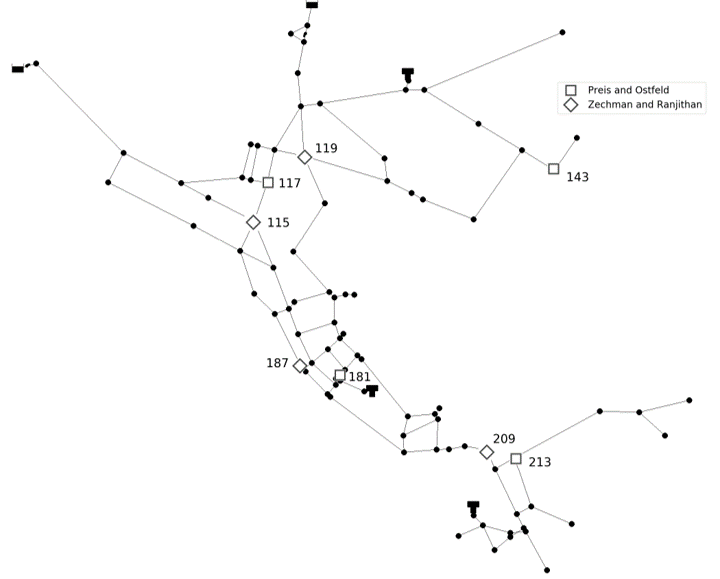Lučin, I., Grbčić, L., Čarija, Z., Kranjčević, L.
Machine-Learning Classification of a Number of Contaminant Sources in an Urban Water Network
Sensors, (2020), doi.org/10.3390/s21010245, (quartile Q1)
Abstract: In the case of a contamination event in water distribution networks, several studies have considered different methods to determine contamination scenario information. It would be greatly beneficial to know the exact number of contaminant injection locations since some methods can only be applied in the case of a single injection location and others have greater efficiency. In this work, the Neural Network and Random Forest classifying algorithms are used to predict the number of contaminant injection locations. The prediction model is trained with data obtained from simulated contamination event scenarios with random injection starting time, duration, concentration value, and the number of injection locations which varies from 1 to 4. Classification is made to determine if single or multiple injection locations occurred, and to predict the exact number of injection locations. Data was obtained for two different benchmark networks, medium-sized network Net3 and large-sized Richmond network. Additionally, an investigation of sensor layouts, demand uncertainty, and fuzzy sensors on model accuracy is conducted. The proposed approach shows excellent accuracy in predicting if single or multiple contaminant injections in a water supply network occurred and good accuracy for the exact number of injection locations.



